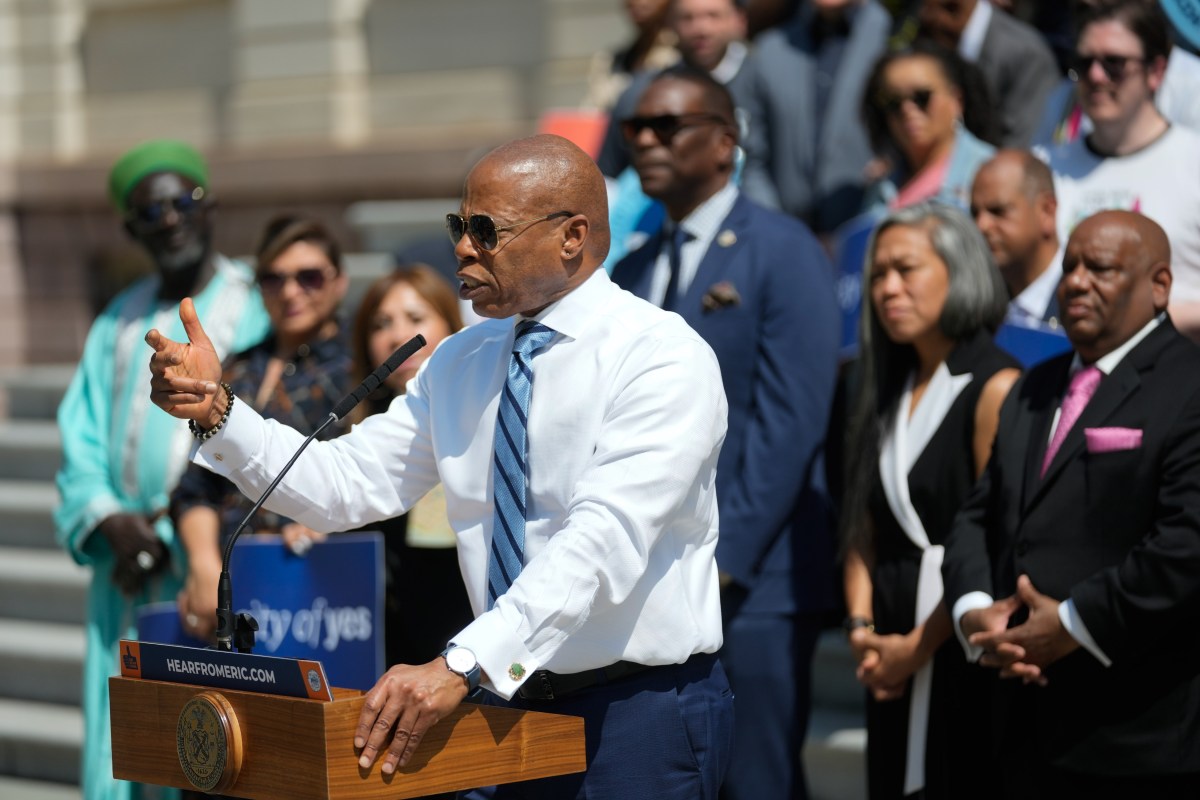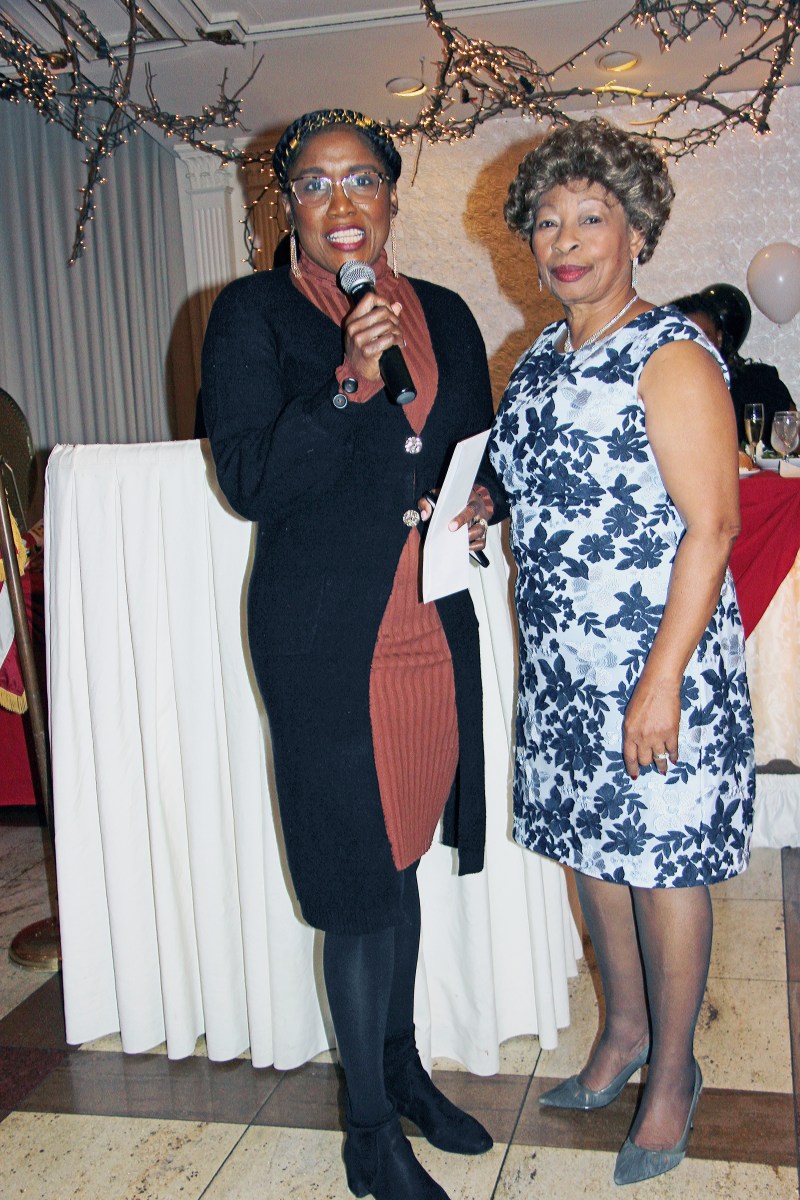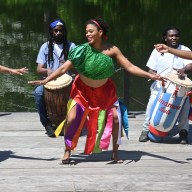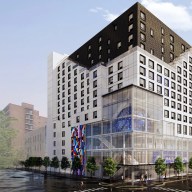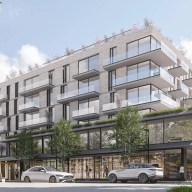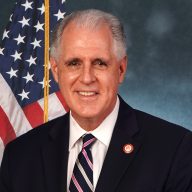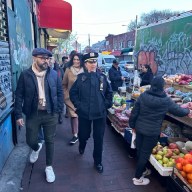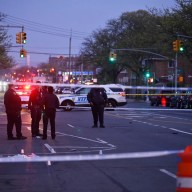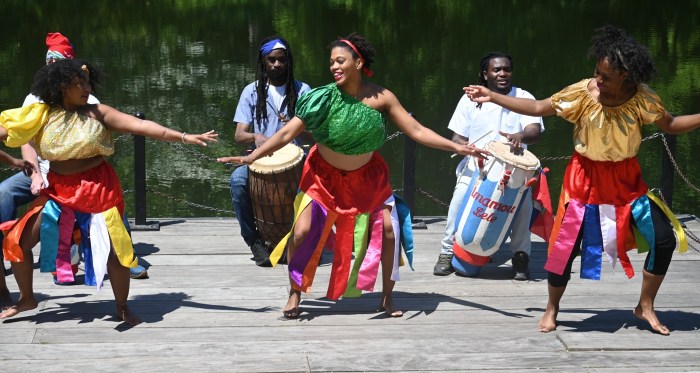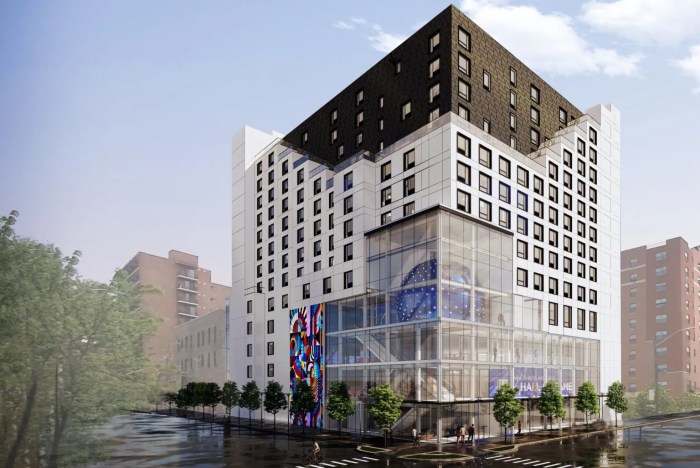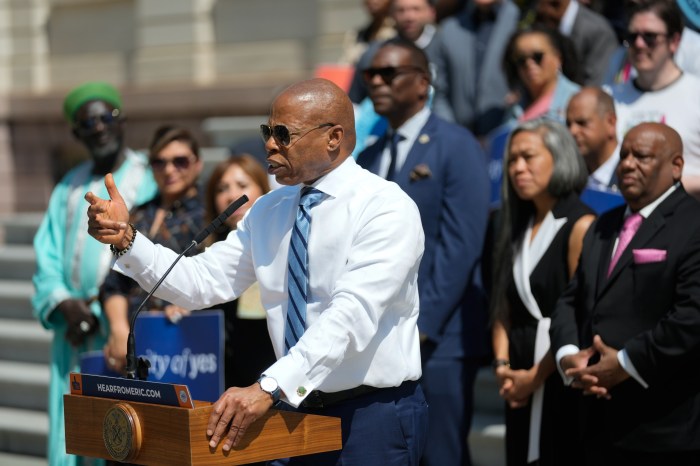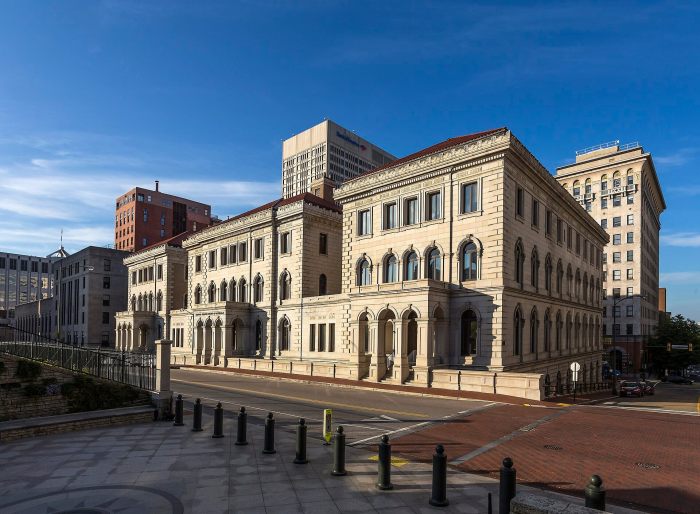By Juan Soto
The patrol beat just got a new definition, and Queens will be a testing ground for the new police initiative.
Police Commissioner William Bratton announced during a speech at the annual State of the NYPD Police Foundation that cops on the beat will spend more time with community members in an effort to get to know them and learn about their concerns.
Bratton said the “highly localized neighborhood policing plan” will be implemented in two unidentified police precincts in the borough and two additional ones in Manhattan.
“The plan calls for a new patrol model for how to deploy our precinct sources,” Bratton said.
He pointed out about half of the police officers in the precincts focus on specialty roles or they are “indentured to the radio, running from call to call.”
Bratton noted, “We are going to reduce specialty roles.”
The police commissioner acknowledged that for years the authorities said that cops were asked to get involved in the community, “but we’ve never given them the time to do it.”
The new model is part of an overall effort to improve police-community relations, specially after the Eric Garner case, a Staten Island man who died in a police chokehold during his arrest for selling loose cigarettes.
City Councilman Donovan Richards (D-Laurelton) welcomed the new policy geared towards building better relationships between the communities and their police.
“The ground swell of support for black and brown lives after the lack of indictments in the Brown and Garner cases highlight the shortcomings of conducting business as usual,” Richards said. “Any effort to integrate precincts with the community they serve is more than welcome.”
The lawmaker added that establishing “community-based partnerships with officers is an important part of combatting and preventing crime and rebuilding trust.”
Bratton also turned to Queens to begin testing body cameras on cops at Jamaica’s 103rd Police Precinct. The measure came as the public reacted with protests to Garner’s and other police confrontation deaths.
“This plan establishes an entirely new set of expectations for patrol officers,” Bratton said. Cops will follow up on past crimes, meet with community members and “work as an active problem solvers” in their assigned beats. “The cops will know their sectors and the citizens they serve,” he said.
In another policy move, Bratton said that in a few months, a new 350-member unit to handle large protests, like the ones that followed Garner’s non-indicment decision, and anti-terrorism missions, will be in place.
The Strategic Response group “is designed for dealing with events like our recent protests, or incidents like Mumbai or what just happened in Paris,” he said.
Bratton was referring to India’s 2008 coordinated shootings and bombings that resulted in more than 160 people killed and January’s terrorist attacks in the office of satirical weekly newspaper Charlie Hebbo that left 11 people dead and dozens injured
“They [police officers] will be equipped and trained in ways that patrol officers are not,” Bratton said, noting that the cops assigned to the unit will have heavy machine guns and protective gear.
Reach reporter Juan Soto by e-mail at jsoto@cnglocal.com or by phone at (718) 260–4564.







